Although the kyats (pronounced somewhat like “chaats” or “chets”) is the official currency, in some instances the USD is readily accepted. For instance, when purchasing flight tickets or paying for accommodation. That is, if – and a big IF – your USD bill is in pristine condition.
Big head good, small head bad
Pristine means unmarked and in mint condition. And no little “wrinkles” on the forehead of Benjamin Franklin (portrait featured on the USD100 bill, whose forehead is coincidentally right at the centrefold of the note – how not to avoid “wrinkles”?). Some vendors don’t even accept notes issued before 2006. Don’t even think about bringing small-headed versions of Benjamin Franklin; only the big-headed version will pass the quirky test. Although I managed to dispose some of my older notes, more often than not, what little greenbacks I have are subjected to much fussed scrutiny. One of my notes got rejected by 5 different vendors, no less.
Ditto when changing USD into kyats at money changers.
Not all notes are equal
The face value of the currency matters too. Combinations of USD 10, 20 or 50 bill would get you less kyats than what a USD100 bill would at a money changer, even if the sum total is worth the equivalent. So in that instance, some USD bills actually lose their “face” value. Keep the smaller notes for purchasing rather than changing into kyats.
The irony is, after trading in your pristine crisp flawless smooth-skinned Benjamin Franklin, more of often than not, you will be given a big bunch of dirty grubby looking kyats in plastic bags. In this case, money “laundering” takes on an entirely new and literal meaning.
Having travelled to several developing countries where the greenback is generally accepted, Myanmar is one of the few that has such stringent notions on the money’s worth. Quite the opposite from say, Ecuador, where the USD is actually the official currency: you’d be hard-pressed to find a way to dispose of your USD 100 bill (more of Ecuadorean money quirks another day).
So what to do while travelling in Myanmar? Credit cards are not feasible at all. You either bring more USD bills as back up (just in case some get rejected) or bring Euros or SGD in mint condition which are also readily exchanged for kyats at money changers. Otherwise, you look for travellers who are willing to change money with you.











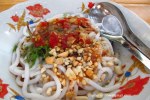







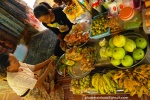




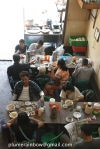




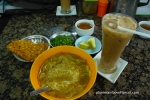


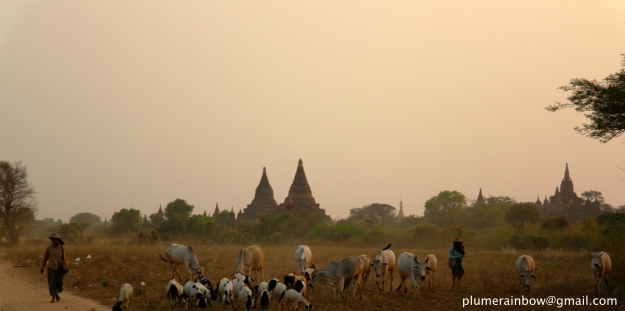

 Above: Sulamani Pahto. Its interior contains a lot of interesting details, stuccos and large frescoes. One of my favourite sites in Bagan.
Above: Sulamani Pahto. Its interior contains a lot of interesting details, stuccos and large frescoes. One of my favourite sites in Bagan.
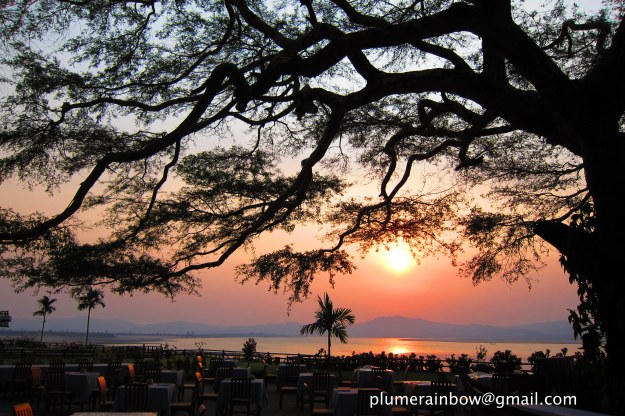 Above and below: some of the many beautiful acacia trees around Bagan. The sprawling branches dramatically complement the arid landscape.
Above and below: some of the many beautiful acacia trees around Bagan. The sprawling branches dramatically complement the arid landscape.
 Above: sunset by the Ayeryarwady River which courses through the veins of Myanmar.
Above: sunset by the Ayeryarwady River which courses through the veins of Myanmar.